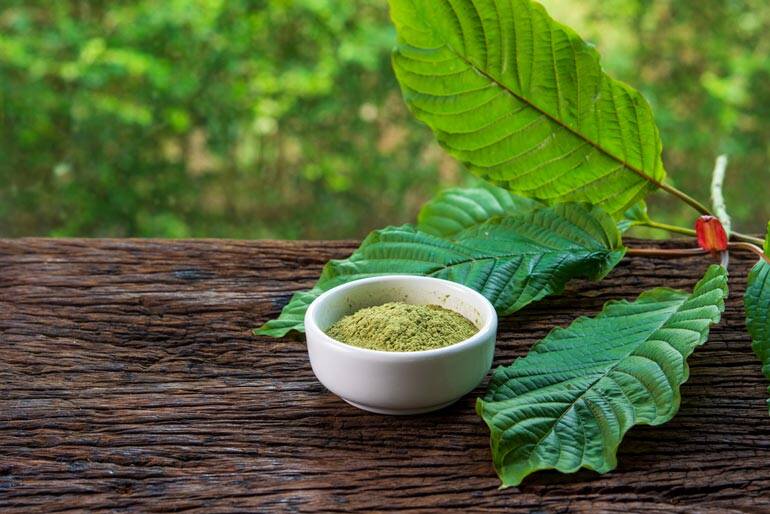Kratom, a herb with roots deeply embedded in Southeast Asian traditional medicine, is increasingly finding its place in the realm of alternative medicine, where it bridges the gap between ancient practices and modern therapeutic approaches. The plant, scientifically known as Mitragyna speciosa, has been used for centuries in countries like Thailand, Indonesia, and Malaysia for its diverse therapeutic properties. Traditionally, kratom leaves have been chewed, brewed into tea, or powdered to address various ailments, including pain, fatigue, and digestive issues. This historical use provides a rich backdrop for its contemporary exploration in alternative medicine, where it is being evaluated for its potential to complement or even enhance modern therapeutic practices. In traditional medicine, kratom is celebrated for its versatility. At different doses and strains, it can function as a stimulant, sedative, or analgesic. For instance, in its stimulant form, kratom is used to combat fatigue and boost energy levels, making it a natural alternative for individuals seeking an energizing effect without the side effects of conventional stimulants like caffeine.

Conversely, its sedative properties are employed to alleviate pain and promote relaxation, offering a natural remedy for conditions such as chronic pain and anxiety. This duality underscores kratom’s potential role as a multifunctional herb in alternative medicine. Modern alternative medicine has begun to explore these traditional uses with a scientific lens, examining kratom’s pharmacological effects and potential benefits. Research has focused on top kratom brands active alkaloids, such as mitragynine and 7-hydroxymitragynine, which interact with the opioid receptors in the brain. These interactions are believed to contribute to its pain-relieving and mood-enhancing properties. Such findings have garnered interest from individuals seeking natural alternatives to pharmaceutical opioids, especially given the ongoing opioid crisis. Kratom’s ability to potentially manage pain with a lower risk of severe side effects or dependency compared to traditional opioids makes it an appealing subject for further research and clinical trials.
The lack of standardized dosing guidelines, variability in product quality, and limited clinical research contribute to the uncertainty surrounding kratom’s therapeutic potential. Additionally, regulatory issues and concerns about kratom’s potential for addiction and adverse effects further complicate its acceptance in mainstream alternative medicine practices. To bridge the gap between traditional and modern healing, a balanced approach is necessary. This involves not only rigorous scientific research to validate kratom’s efficacy and safety but also a nuanced understanding of its historical and cultural context. Collaboration between traditional practitioners and modern researchers could pave the way for a more comprehensive understanding of kratom’s role in alternative medicine. Such efforts could ultimately lead to a more informed integration of kratom into therapeutic practices, offering a potential bridge between time-honored traditions and contemporary medical advancements. While further research is needed to fully understand and validate kratom’s therapeutic potential, its role in alternative medicine highlights the importance of exploring and respecting both historical and modern approaches to health and wellness.